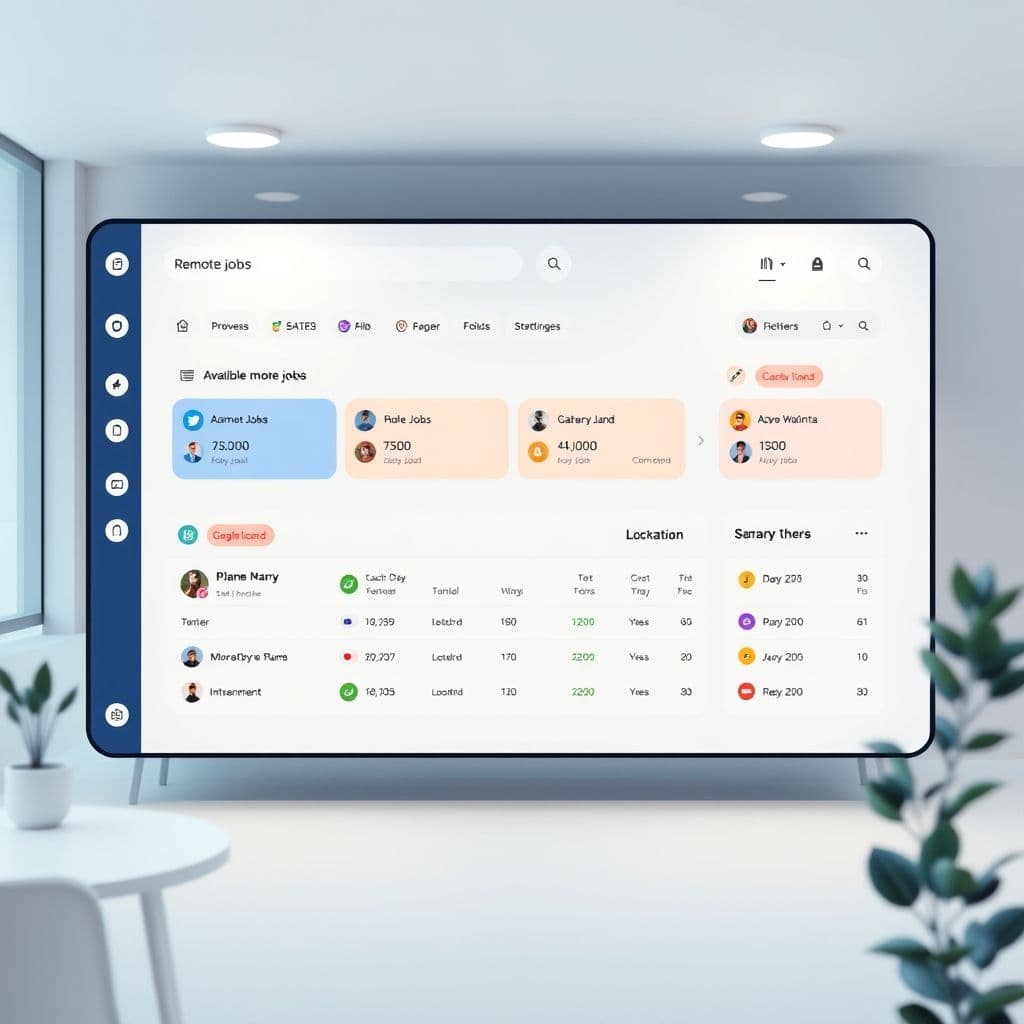The Hidden Problem with Remote Job Applications and a SaaS Solution

Remote work has opened up countless opportunities, but many job seekers face frustrating barriers when applying for these positions. From location restrictions to long approval wait times, the process is far from perfect. Let's explore the pain points and imagine a SaaS solution that could make remote job applications smoother and more accessible.
The Problem: Location Barriers and Application Delays
The comments on the TikTok video reveal a common frustration among remote job seekers: many platforms restrict access based on geographic location. Users from Canada, Portugal, Brazil, and even California reported being unable to apply for certain opportunities. Others mentioned excessively long waiting periods for application approvals, sometimes stretching to 20 weeks. These barriers prevent talented individuals from accessing income opportunities simply because of where they live or how slowly the system processes their applications.

SaaS Solution: A Smarter Job Application Platform
Imagine a platform that revolutionizes how we apply for remote jobs. This hypothetical SaaS solution would first verify a user's location during signup, then immediately show only the opportunities available in their region. No more wasted time applying for jobs that will ultimately reject you based on geography. The system could also track application statuses in real-time, sending notifications when positions open up in previously restricted areas.
Key features might include an automated approval system that reduces wait times, a dashboard showing application progress, and smart matching that recommends jobs based on both skills and location eligibility. The platform could even partner with employers to negotiate broader geographic access to opportunities.

Potential Use Cases
This solution could benefit various users: digital nomads needing to verify what jobs they can do while traveling, students in smaller countries looking for international opportunities, or professionals in regions typically excluded from remote work platforms. Employers would benefit too, gaining access to a wider, pre-verified talent pool while reducing application processing overhead.
Conclusion
The current system for remote job applications leaves many qualified candidates behind due to geographic restrictions and inefficient processing. While this SaaS solution is purely conceptual, it addresses real pain points that affect thousands of potential remote workers worldwide. By streamlining the application process and improving accessibility, we could open up more equal opportunities in the digital workforce.
Frequently Asked Questions
- How difficult would it be to develop this SaaS platform?
- The technical challenges would include integrating with various job platforms' APIs, implementing robust location verification, and creating efficient matching algorithms. However, modern cloud infrastructure and AI tools could make development feasible for an experienced team.
- Could this platform help with other job application frustrations?
- Absolutely. The same system could potentially address issues like repetitive application forms, lack of feedback on rejected applications, and difficulty tracking multiple applications across different platforms.
- How would this platform make money?
- Potential revenue streams could include premium features for job seekers, recruitment fees from employers, or partnerships with job training platforms looking to connect graduates with opportunities.


